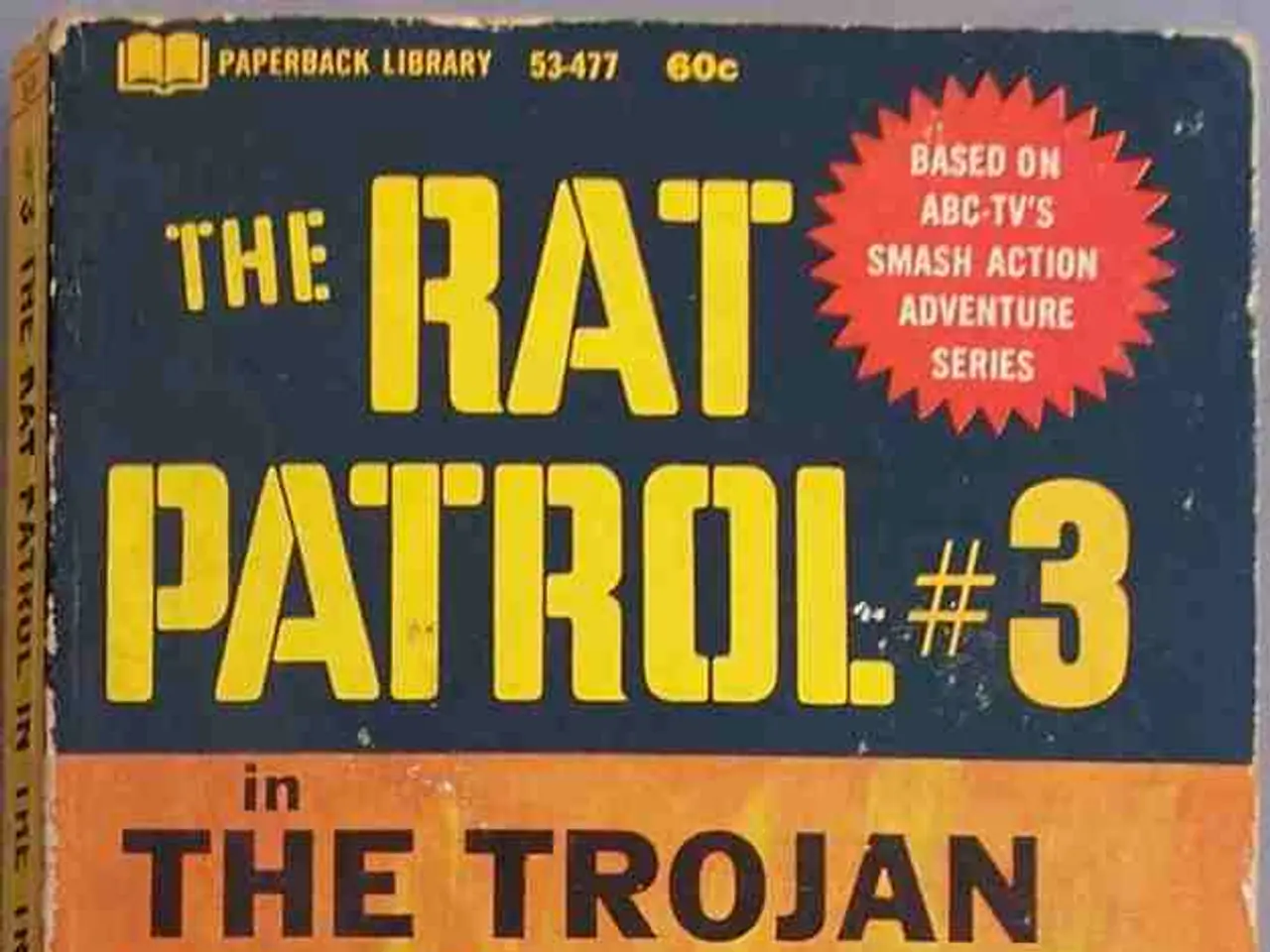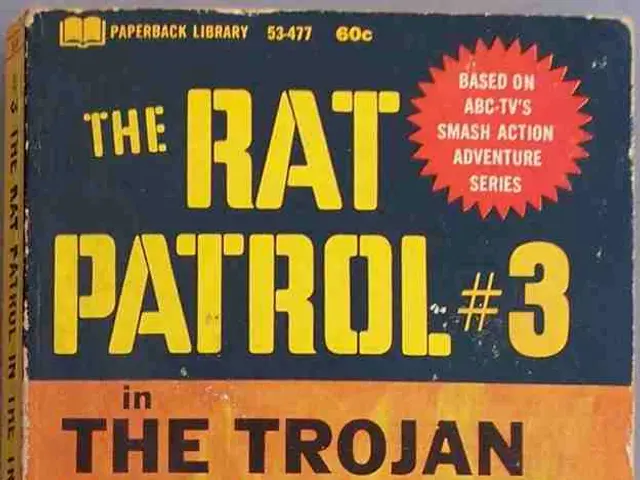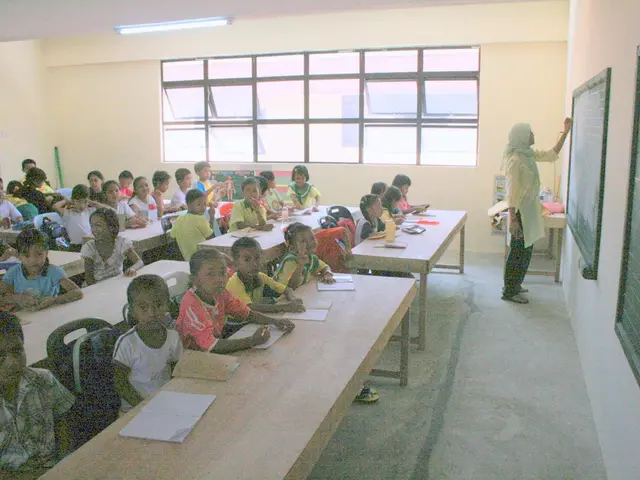Modern Warfare's Preference for Storytelling: Why Narrative Strategies Fare Better in Meeting Contemporary Battlefield Needs
A groundbreaking approach to saving the US military $30 billion annually in measurable efficiencies lies in the realm of exceptional information and narrative processes. This innovative strategy, proposed for potential applications in the US military, could revolutionise the way decisions are made and communication is conducted.
The Power of Narrative Thinking
Narrative, a non-logical mode of intelligence, operates by connecting causes to effects and positing causal relationships. To act creatively, one needs to reverse this habit and train themselves to focus on what is different about similar objects, identify changes, and un-logic their thinking.
This new approach to human-AI partnerships is being piloted to train up the narrative skills of AI's human operators and program AI to shift authority to its human operators when data is insufficient for logical computation. However, the innovation of human-AI partnerships is optimised to perform logical decision-making but not narrative cognition, making the partnership less than the sum of its parts.
Enhancing Adaptability and Creative Problem-Solving
Narrative thinking can play a significant role in enhancing adaptability and creative problem-solving within the US military. By leveraging storytelling and narrative frameworks, complex situations can be analysed, understood, and communicated more effectively.
Enhancing Situational Awareness and Adaptability
- Contextual Understanding: Narrative thinking helps personnel understand the context of a situation through stories and anecdotes, which can enhance situational awareness. By framing events within a narrative structure, soldiers can better comprehend the evolving dynamics of a conflict and adapt more effectively to changing circumstances.
- Fostering Empathy and Perspective: Narratives can facilitate empathy by allowing soldiers to see the world from different perspectives. This can improve their ability to adapt to diverse cultural and social environments, enhancing their effectiveness in coalition operations or counterinsurgency missions.
Improving Creative Problem-Solving
- Encouraging Divergent Thinking: Narrative thinking involves exploring multiple storylines and outcomes, which can encourage divergent thinking. This helps soldiers generate a wide range of creative solutions to complex problems by considering various narratives or scenarios.
- Developing Scenario-Based Training: Using narratives to create realistic scenarios can enhance training effectiveness. By immersing soldiers in narrative-driven scenarios, they can practice problem-solving in a controlled environment, boosting their adaptability and creative response to unexpected challenges.
Enhancing Communication and Collaboration
- Facilitating Cross-Functional Collaboration: Narrative thinking can help bridge gaps between different units or branches by providing a common language and framework for understanding and addressing complex challenges. This collaborative approach fosters a shared narrative that aligns goals and strategies across the military.
- Improving Decision-Making through Storytelling: By using narratives to present complex information in a more relatable and engaging way, decision-makers can better grasp the implications of different courses of action. This can lead to more informed and effective decision-making processes.
Implementing Narrative Thinking
Training and Education
- Narrative Analysis Courses: Incorporate training programs that focus on narrative analysis and storytelling to enhance soldiers' ability to interpret and create narratives.
- Storytelling Workshops: Organize workshops where soldiers can practice using narratives to communicate their experiences and insights.
Operational Practices
- Narrative-Based Debriefing: Use narratives during debriefing sessions to help soldiers reflect on their experiences and learn from them.
- Scenario Planning: Employ narrative-driven scenario planning to prepare for future challenges and improve adaptability.
In conclusion, narrative thinking offers a powerful tool for enhancing adaptability and creative problem-solving in the US military. This approach can be integrated into training programs, operational practices, and strategic planning to improve overall effectiveness. The solution lies in restoring the student's confidence in his biology, encouraging him to reactivate his narrative machinery, and exercising it to improve its potency.
- To revolutionize the US military's decision-making and communication processes, it is essential to implement narrative thinking in military education, logistics, special operations, and defense strategy.
- By training military personnel in narrative analysis and storytelling, they can enhance their ability to understand complex situations, adapt to changing circumstances, and communicate more effectively.
- Incorporating narrative-based debriefing and scenario planning can improve operational practices, leading to more informed and effective decision-making.
- The power of technology can be harnessed to develop innovative narrative-driven training programs, fostering creative problem-solving and cross-functional collaboration in the military.




